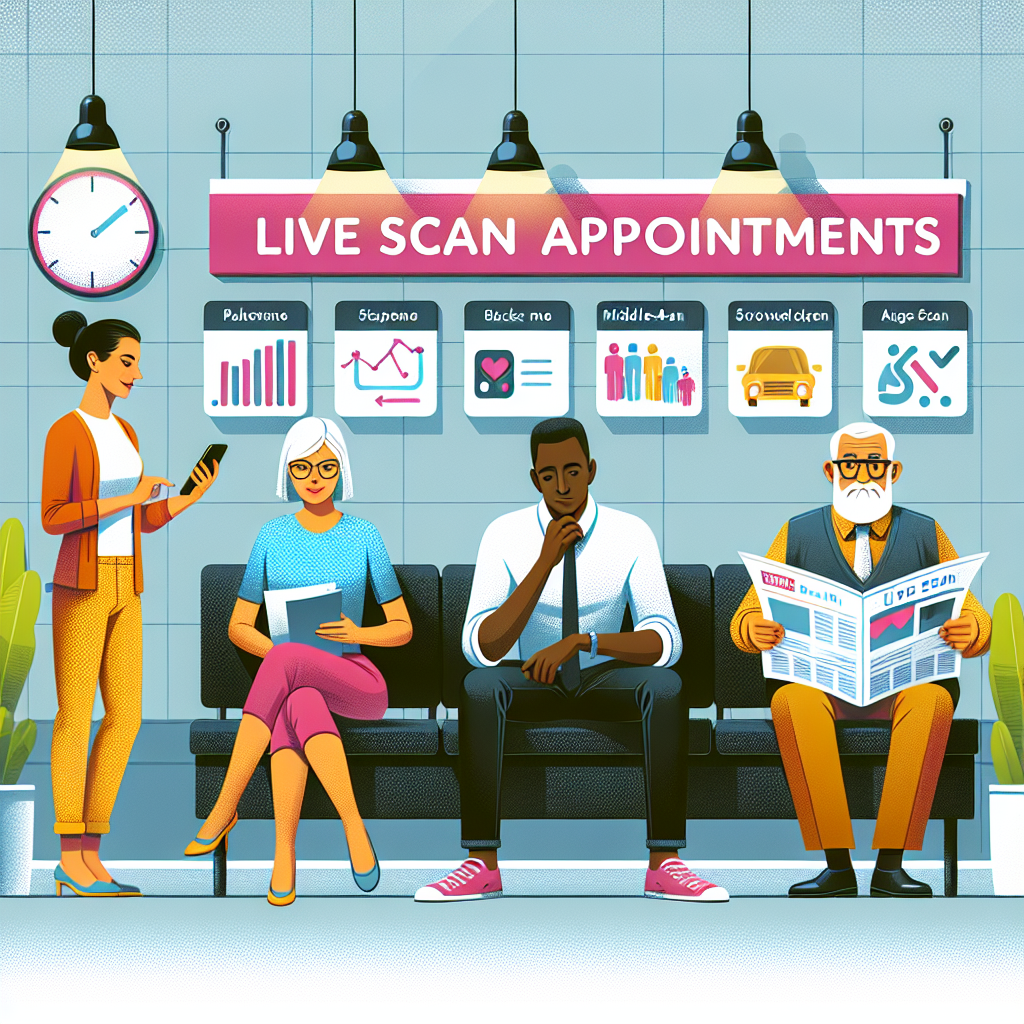How to Make the Most of Your Live Scan Appointment
Introduction
In our tech-filled world, making sure who someone is and keeping things safe is super important. A Live Scan appointment is about getting your fingerprints scanned without ink. It’s often needed for jobs, licenses, or background checks. To have a great Live Scan experience, being ready is key. Here’s a simple guide with tips to help you make the most of your Live Scan appointment.
Understanding Live Scan
What is Live Scan Fingerprinting?
Live Scan fingerprinting is a way to take fingerprints digitally—no ink needed! It sends your fingerprints straight to the right people to check them out.
Common Uses and Requirements for Live Scan
Live Scans are usually needed for work, volunteering, special certifications, and certain licenses. Different reasons for a Live Scan might need different things from you.
Pre-Appointment Preparation
Research and Understand Requirements
- Know what documents and ID you need: Different places might ask for different IDs or papers. A government-issued ID like a driver’s license is typically required.
- Check what’s needed for why you’re getting fingerprinted: Some jobs might need extra papers or permissions.
Scheduling Your Appointment
- Find a convenient location: Use the internet to find a Live Scan place close to you.
- Pick a good time to avoid waiting: Early mornings or days in the middle of the week are usually quieter.
Gather Necessary Documentation
- Have the documents you need ready: Bring your ID along with the Request for Live Scan Service form from your employer or whoever is asking for it.
- Make sure everything’s filled out right: Double-check your forms so all your info is correct to avoid needing to come back.
Day-of-Appointment Tips
Arrive Early
- Being on time is super important: Getting there early helps if there are any surprises and shows you’re professional.
- Think about how long it takes to get there and park: Plan how you’ll get there and check for traffic to make sure you’re not late.
Dress Appropriately
Wear a short-sleeved shirt or something where it’s easy to show your hands. This makes getting your fingerprints easy.
During the Appointment
Stay Relaxed
Being calm helps get clear fingerprints: If you’re stressed, it might mess up your fingerprints, so stay relaxed!
Follow Instructions Carefully
Listen closely to directions from the technician: Their instructions help make everything smooth and fast.
Ask Questions
Don’t be shy to ask if you’re confused about something: It’s better to ask now rather than sort out problems later.
Call to Action
We hope this guide helps in making your Live Scan appointment easy and stress-free. If you have any other questions or wish to schedule an appointment, don’t hesitate to visit us at Tags Clinic at 3845 University Ave, San Diego, CA or call us at 619-777-9046. You can also visit Tags Clinic for further information. We are here to assist you!









